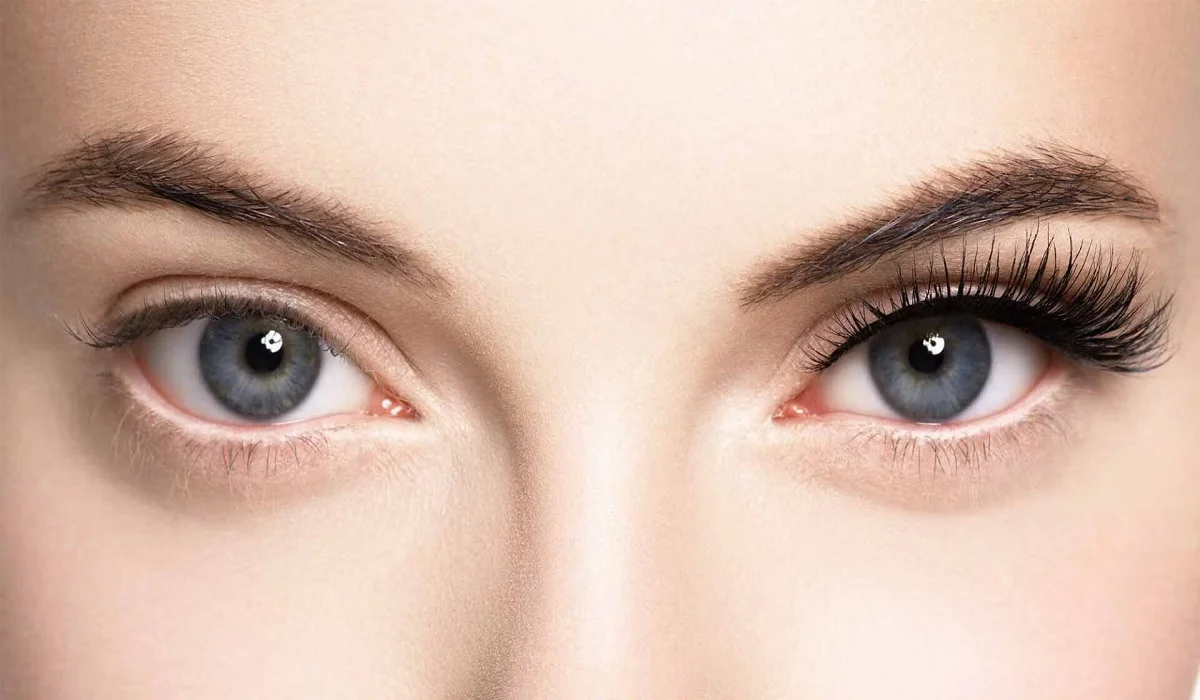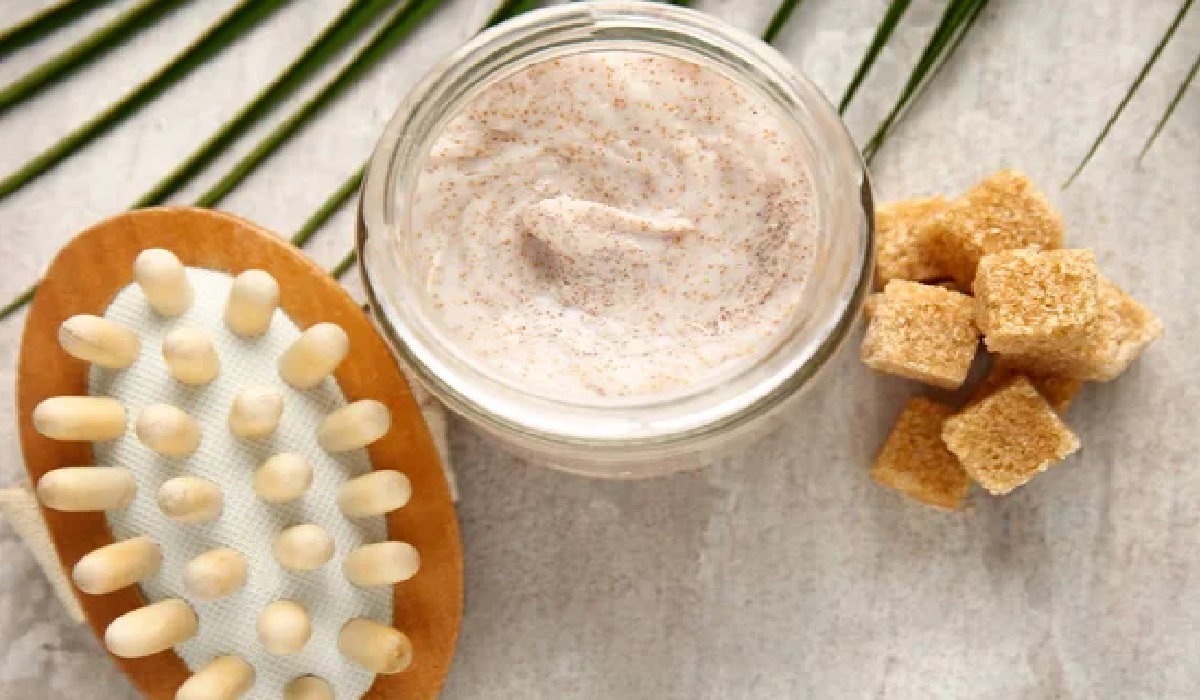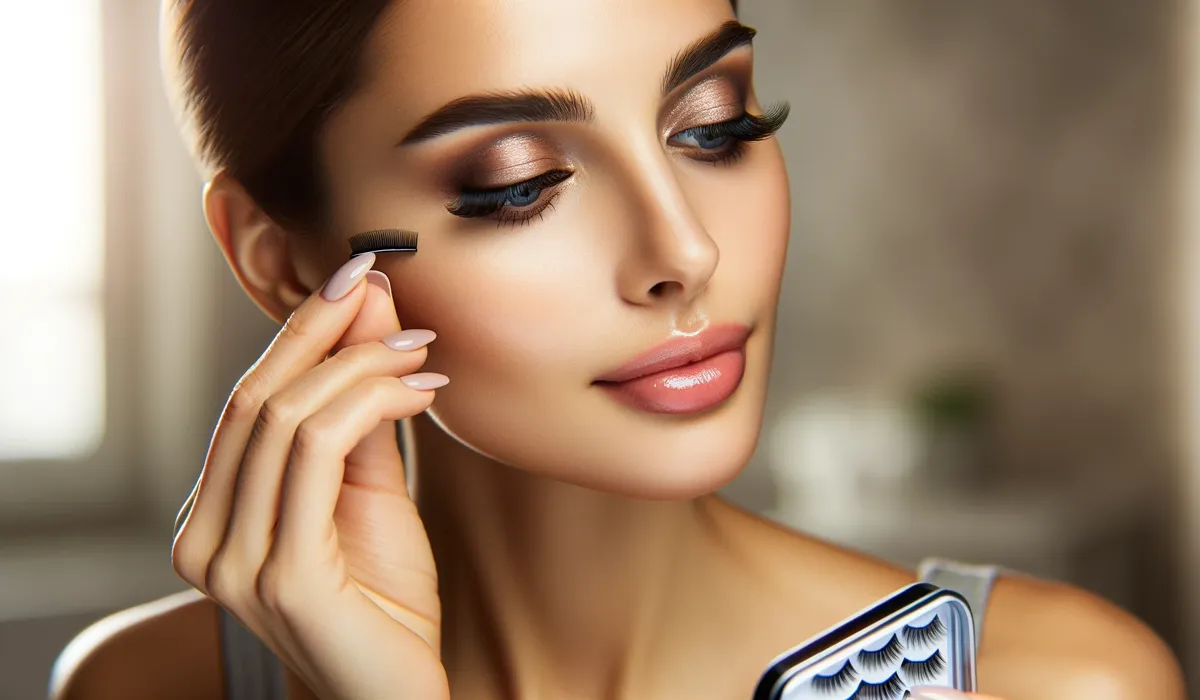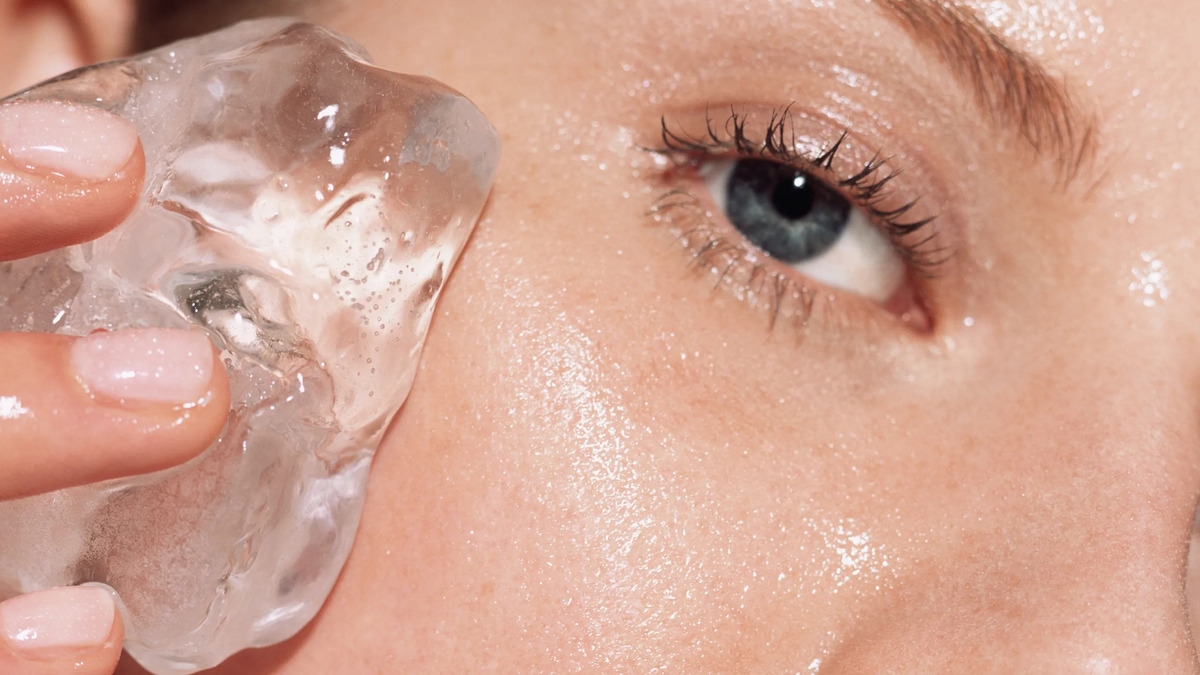Henna has been used for centuries to dye hair, skin, and even fabrics, offering a natural alternative to chemical hair dyes. Rich in color and conditioning properties, henna not only dyes your hair but also improves hair health. This guide provides a comprehensive overview of how to dye your hair using henna, ensuring a successful transition to vibrant, naturally colored hair. The choice of henna as a hair dye is rooted in its natural composition, which ensures a chemical-free process. Unlike synthetic dyes, henna coats the hair shaft, enhancing its strength and shine without altering its structure.

Understanding Henna
Origins and Benefits
Derived from the Lawsonia inermis plant, henna has been celebrated for its dyeing and conditioning properties. It not only imparts a rich color but also reduces dandruff and conditions the scalp.
Types of Henna
Pure henna results in red-orange tones, but variations mixed with other natural dyes can achieve a range of colors from red to deep brown.
Preparing for the Henna Dyeing Process
Selecting Your Henna
Opt for body art quality henna for the purest form, ensuring no additives compromise your hair’s health or color.
Required Materials
Gather gloves, plastic wrap, a mixing bowl, and an applicator brush to start your henna dyeing journey.
The Mixing Phase
How to Mix Henna for Hair Dye
Combine henna powder with an acidic liquid like lemon juice to release the dye, adjusting the consistency to a yoghurt-like texture.
Tips for Achieving the Perfect Consistency
Adding oils or sugars can enhance the mixture’s texture, making it easier to apply and stick to your hair.
Application Techniques
Step-by-Step Guide to Applying Henna
Starting from the roots, apply the henna evenly to sections of your hair, working your way down to the tips. Ensure every strand is covered for an even color.
Ensuring Even Coverage
Divide your hair into sections and apply the mixture thoroughly, using your hands for better maneuverability and coverage.
Aftercare and Maintenance
Post-Dye Care Tips
Rinse your hair with water and a sulfate-free conditioner, avoiding shampoo for 48 hours to allow the color to set.
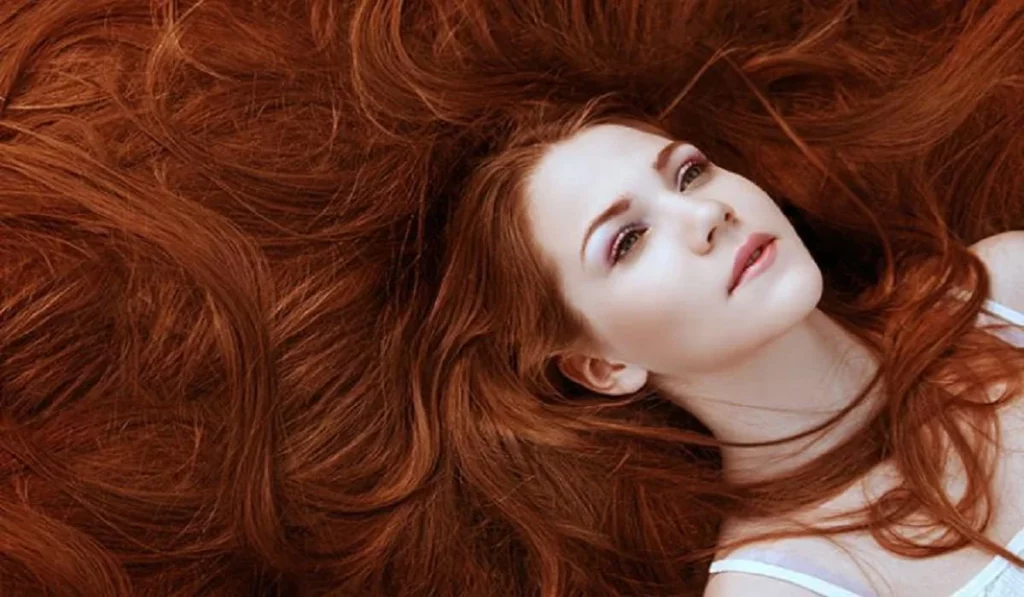
Maintaining Your Color
Regular touch-ups every 4 to 6 weeks will keep your color vibrant. Using henna-infused oil treatments can also prolong the dye’s life.
Troubleshooting Common Henna Dye Issues
Dealing with Dryness or Uneven Tones
Hydrating hair masks and proper sectioning during application can mitigate dryness and ensure consistent color.
Adjusting the Color Post-Application
For darker or lighter shades, adjust the henna mixture with indigo or more water, respectively, for your next application.
How To Dye Your Hair Using Henna
Recap of Key Points: Dyeing your hair with henna is a rewarding process that not only offers a vibrant, natural color but also benefits hair health. Embracing Natural Beauty with Confidence: Henna allows you to embrace your natural beauty confidently, knowing you’re using a safe, sustainable product.
Dyeing your hair with henna offers a sustainable and health-conscious alternative to chemical dyes. By following the steps outlined in this guide, you can achieve a beautiful, natural color that enhances your hair’s overall health and appearance. Embrace the sustainable beauty of henna dyeing and enjoy the rich, vibrant colors it brings to your hair, knowing you’re making a choice that’s good for you and the environment.
- How long does henna hair dye last? Henna hair dye typically lasts between 4 to 6 weeks, depending on your hair type, how frequently you wash your hair, and the products you use. Henna binds with the keratin in the hair, making it a semi-permanent dye that gradually fades without the obvious root line common with synthetic dyes.
- Can I use henna on chemically treated hair? Yes, but with caution. If your hair has been chemically treated, wait at least 2 to 4 weeks before applying henna. Perform a strand test to ensure compatibility, as henna can react unpredictably with chemically treated hair. It’s advisable to consult a professional if unsure.
- How do I know which henna color is right for me? Choosing the right henna color involves understanding the natural base color of your hair and the desired outcome. Pure henna results in red-orange tones, but mixing henna with other natural ingredients like indigo can produce browns and blacks. Conduct a strand test to preview the results before applying henna to your entire head.
- Can henna cover gray hair? Yes, henna effectively covers gray hair, imparting rich color and shine. However, the process may require multiple applications to achieve the desired depth of color on gray strands. Some prefer to mix henna with indigo for darker shades, which can provide more coverage for grays.
- Is it possible to remove henna from hair? Removing henna from hair is challenging due to its natural dye properties. Over time, the color may fade, but complete removal is difficult. Short of cutting the hair, the best approach is to let it grow out. Chemical removal methods can be damaging and are not recommended.
- How often can I apply henna to my hair? Henna can be applied every 4 to 6 weeks or as needed to maintain the desired color intensity. Since henna is a natural conditioner, frequent use can improve hair health, though it’s essential to monitor your hair’s condition and adjust frequency accordingly to prevent over-saturation.

